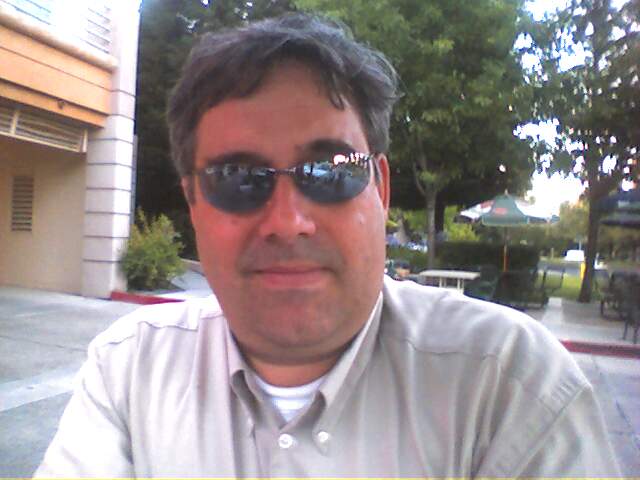and then you get a call from another company.
Do you tell them "No thanks"?
I've known a couple of folks in the industry who've have offers "rescinded" recently.
Nick the Headhunter tells it decently: http://www.asktheheadhunter.com/hadeadly2.htm
- Specialize in a crucial IP block - ie Gigabit Serdes / Pipeline ADCs - then consult around the industry to help people implement these into their designs. This works for up to 10 years before enough others understand your trick well enough to do it themselves.
- Specialize in tool use and Optimization and general design, then work at companies where the above IP blocks are already in place, and you make changes and redesigns to reduce cost, power and increase performance and yield. This works for a while as long as you keep up with tools, process nodes and keep learning new tricks from the guys doing the first route.
- Start a company. You many find design takes a second seat to finding customers.
- Or join a startup, Its not that you don't do design, but you may also have to do CAD, IT, software, firmware, and test program development.
- do hard IP macros.
- go into management: which is just a variation on
- go into real estate/ venture capital / get your mba / join an MLM -- in other words change careers.
Like the EDA industry the IC industry is hard put to collect on the value created by the end applications.. unless your devices are the crucial part of the end product (CPU / memory/ cellular radio).
Its my opinion, that we are now at the point of incremental growth in value in end user hardware..
phones with better screens, text input, battery time and connections (eg wifi + bt + ir + evdo + gsm + wimax + tv + gps)
---
but the real growth in the end user value is in the software available on the desktop, laptop, netbook, and phone.. or whats available on the network.
I hope this helps you in thinking about your career.
Jonathan
While of course the key, as in any job situation, is to be seen as a reliable, competent engineer with enough experience in the field.
And Analog IC design may not be the future hot spot of design that he was hoping.
To be considered as reliable you probably need to be referred as a Friend of a Friend. Really.
To be seen as competent, it helps if people can see examples of your work. A Paper, A Patent. A successful chip project they've heard of. Your Thesis, a Circuit you designed and Fabricated in school.
Of course since he was at the end of his Ph.D, It was too late to suggest the best course of action (if you REALLY want to do analog design) : Get the MSEE/Ph.D under a well respected analog Prof. - Which of course is one route to building that network. After all you can be the greated Analog designer since Bob Widlar, but if no one else knows this, it won't help your salary.
Here is my answer: In case it helps you think of some ideas for your situation.
1. Write a paper on one of the Analog Circuits you developed as a part of your PhD research. Get that published. Give a talk on that. IE whats tricks did you have to play to get the Speed up to what was needed? to get good Yield?
(ie present at xxxx(local) SSCS chapter?)
2 Read: JSSC aka the Red Rag. pub cycle for that is prob 6 months if you can get in. only ~50% of submissions accepted.
Also Transactions on VLSI.
3. Books: Johns and Martin, Grey [lewis, Hurst] & Meyer. Razavi.
4. Conferences: ISSCC is premier. Other good ones are CICC (visit us here in SJC!)
RFIC. - best ones are the SSCS sponsored conferences.
for modeling and simulation, BMAS (right after CICC )is great, but much smaller.
Tools: With your device/process background, Verilog-A is a sure thing.. its the new "compact model" language. Verilog-AMS is even better. - but modeling is becoming a subskill to verification.
Know how to run analog sims.. and RF analyses too..
most analog designers work in the Cadence Analog Design Environment..
the rest live with spice netlists and run Hspice.. Nanosim, Hsim, etc..
I hope these ideas help.





